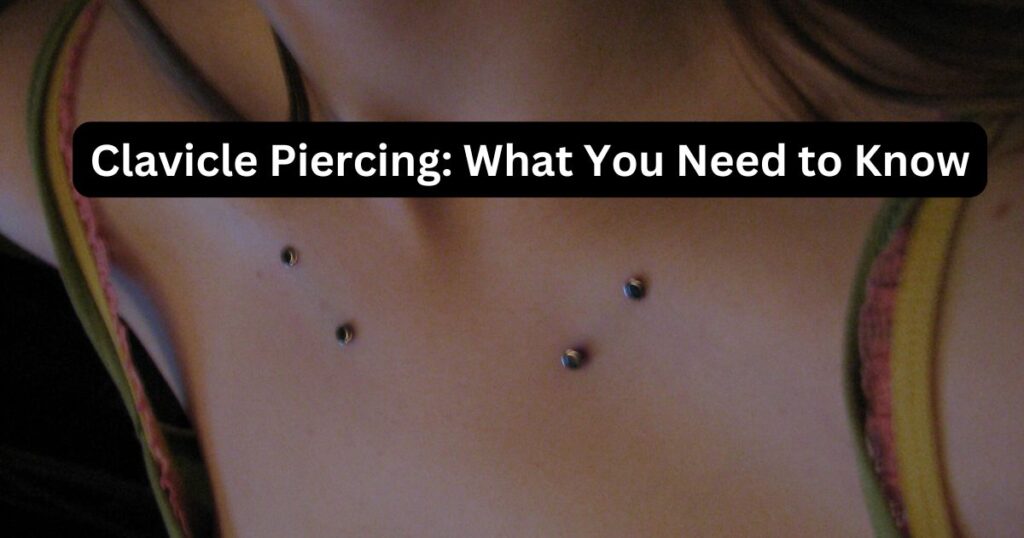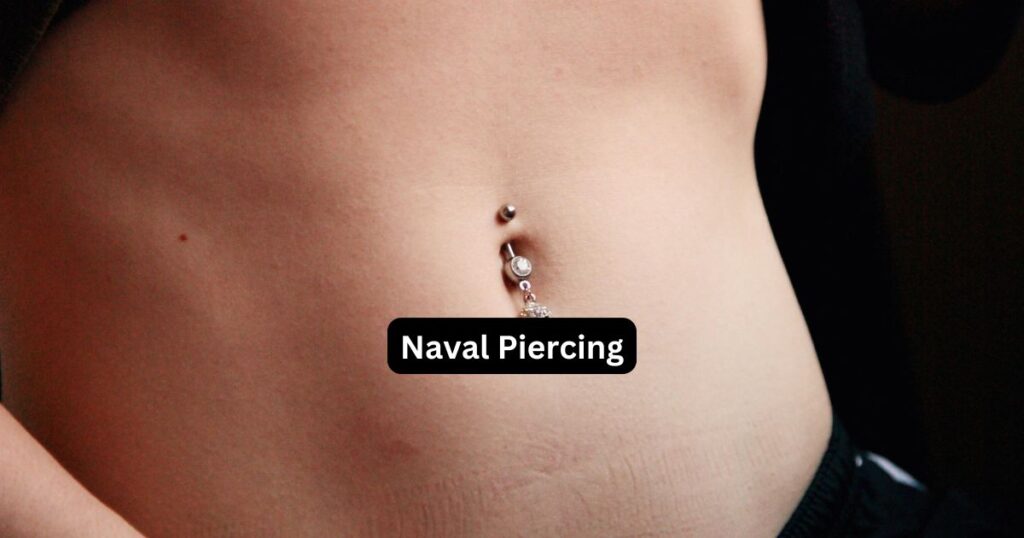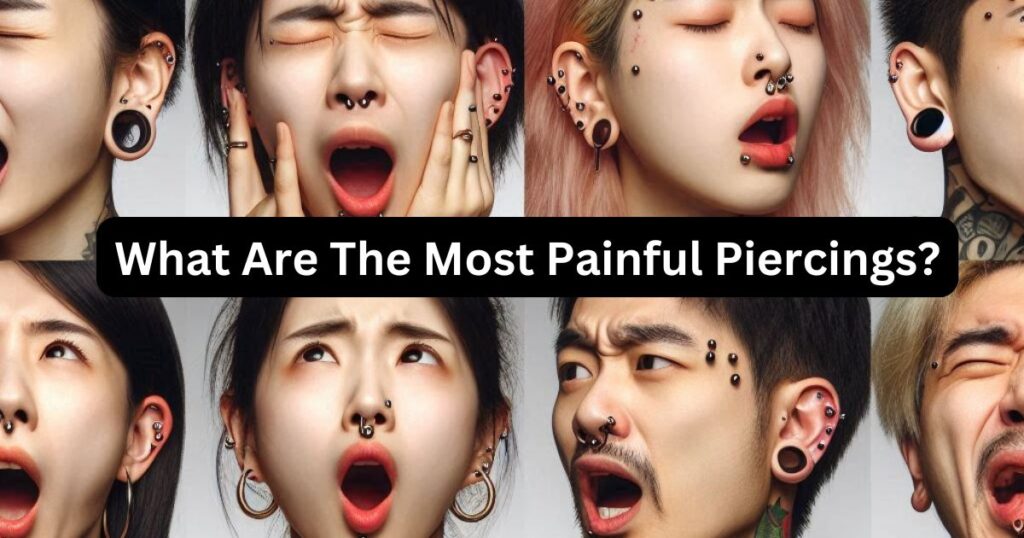Clavicle piercing is a type of surface piercing located near the collarbone. This body modification involves inserting jewelry just below the skin, creating a unique and bold look.
It’s gaining popularity among body modification enthusiasts due to its striking appearance. However, like any body piercing, it requires careful consideration and proper care.
What Is a Clavicle Piercing?
A clavicle piercing is a surface piercing placed around the collarbone area. It is different from traditional piercings, which pass through flesh because it only penetrates the surface layer of skin. The piercing is typically done horizontally, either directly above or below the clavicle bone.
This type of piercing is primarily cosmetic and meant for aesthetic appeal. It doesn’t hold any cultural or symbolic significance like some other piercings might. Instead, its growing popularity is driven by its visually striking placement, which can be subtle or prominent, depending on the jewelry chosen.
How Long Do Clavicle Piercings Take To Heal?
The healing process for a clavicle piercing can take several months, typically between three to six months. Surface piercings tend to take longer to heal than piercings in other areas because they are more prone to irritation and movement.
Here are some essential aftercare tips to follow:
- Clean the Piercing: Clean the area twice a day with a saline solution. Avoid using harsh soaps, alcohol, or hydrogen peroxide, as these can irritate the skin.
- Avoid Touching the Piercing: Touching the piercing with unwashed hands can introduce bacteria and lead to infection. Only handle the jewelry if necessary, and always wash your hands first.
- Be Careful with Clothing: Loose clothing is ideal during the healing process, as tight-fitting garments can rub against the piercing and cause irritation or displacement.
- Avoid Submersion in Water: Keep the piercing out of pools, hot tubs, and other bodies of water to prevent infection.
- Monitor for Signs of Infection: Watch for redness, swelling, pus, or severe pain, as these can indicate an infection. If you notice any of these signs, contact your piercer or a healthcare professional.
Risks and Potential Complications
While clavicle piercings can be a bold fashion statement, they come with certain risks. It’s important to weigh these risks before deciding to get one.
- Infection: As with any piercing, there’s always a risk of infection. Following aftercare instructions is crucial to minimize this risk. However, infections can still occur, especially if the piercing is not kept clean.
- Rejection and Migration: Surface piercings are more likely to be rejected by the body compared to other piercings. This happens when the body pushes the jewelry out over time, causing the piercing to move or “migrate.” If migration occurs, the piercing may need to be removed to prevent scarring.
- Scarring: Even with proper care, clavicle piercings can leave scars. If the piercing is removed or rejected, you may be left with a noticeable mark.
- Displacement: The jewelry may shift or become crooked, especially if exposed to pressure or friction from clothing or physical activity.
Choosing the Right Jewelry for Clavicle Piercings
The type of jewelry used in clavicle piercings is typically a surface bar or dermal anchor. Both have their pros and cons:
- Surface Bar: A surface bar is shaped to sit flat against the skin, minimizing the chance of migration. It usually has a flat or curved design.
- Dermal Anchor: A dermal anchor involves inserting a small anchor-like piece under the skin, with a single stud visible on the surface. It tends to have a lower profile but can be more prone to rejection.
When choosing jewelry, opt for high-quality materials like titanium or surgical steel, as these are less likely to cause allergic reactions or irritation.
Clavicle Piercing FAQs
How Painful Is a Clavicle Piercing?
Clavicle piercings can be more painful than standard piercings because they go through a surface layer of skin near the bone. Pain levels vary based on individual tolerance, but most people describe it as a sharp pinch during the procedure.
Surface piercings like these may cause discomfort or soreness during the healing process, especially if the area is disturbed or irritated by clothing.
Do Collarbone Piercings Reject?
Yes, collarbone piercings are prone to rejection. Surface piercings, like clavicle piercings, have a higher risk of rejection compared to piercings in areas with more tissue. Rejection occurs when the body pushes the jewelry out, treating it like a foreign object.
Signs of rejection include the jewelry moving closer to the surface of the skin, redness, or scarring. To minimize the risk of rejection, it’s essential to choose the right jewelry and follow proper aftercare instructions.
Is a Clavicle Piercing Right for You?
A clavicle piercing can be a stunning and unique addition to your body jewelry collection, but it’s not for everyone. Consider your lifestyle, pain tolerance, and willingness to commit to aftercare before making a decision.
If you work in an environment where physical activity or tight clothing is common, this type of piercing may not be the best choice due to the risk of irritation or displacement. Additionally, if you are prone to keloid scars or have sensitive skin, consult with a professional piercer before proceeding.
Final Thoughts
Clavicle piercings are a striking and bold body modification choice. However, they come with risks that require careful consideration and commitment to proper care.
If you’re interested, consult with a professional piercer to ensure it’s the right choice for you. With the right care, a clavicle piercing can be a stunning addition to your personal style.



